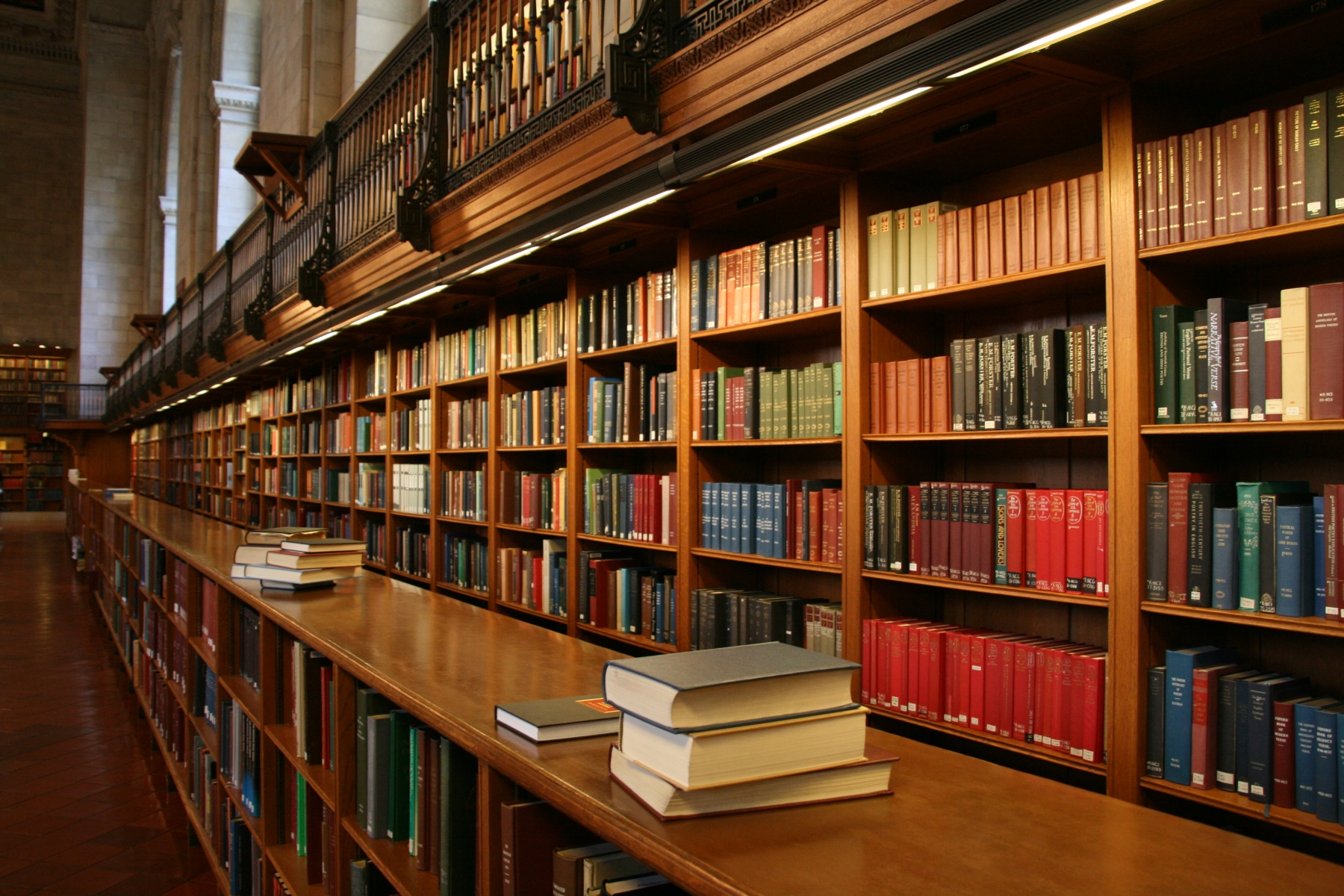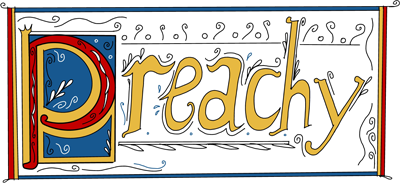
The Idiot’s Guide to Religious Reconciliation
In falling in love with my girlfriend’s religion, I was able to make peace with my own.
 The Cobble Hill branch of the Brooklyn library is so small that I feel an automatic (though of course, false) sense of intimacy with all of its visitors every time I step inside. On my last visit — before life turned upside down and libraries closed indefinitely — I arrived with purpose, not knowing it would be my last time there, but moving with the kind of resolve that comes with last-chance opportunities all the same.
The Cobble Hill branch of the Brooklyn library is so small that I feel an automatic (though of course, false) sense of intimacy with all of its visitors every time I step inside. On my last visit — before life turned upside down and libraries closed indefinitely — I arrived with purpose, not knowing it would be my last time there, but moving with the kind of resolve that comes with last-chance opportunities all the same.
In the religion section, that feeling of intimacy (in this case, of being exposed) nudged my feet forward at a too-quick speed, and I had to backpedal, forcing myself to slow down and read every spine. I have held faith at arm’s length for years, shirking my Christianity off like a too-small dress that no longer fit in favor of a new queer identity, never imagining that they could ever exist side by side.
But I wasn’t here for Jesus; I was here for Judaism.
My parents were both baptized but didn’t raise me with a sense of who God was; I latched onto the Bible Belt faith that surrounded me in Texas, where I grew up, but dropped it when there was no acceptance to be had in coming out. The all-are-welcome mantra was all too quickly replaced with outright rejection. It stung.
When my partner and I moved in together after a year of intense, vivid love, we came face to face with each other’s habits, and rituals, and religions. I unpacked Nan Goldin and zines from the Art Book Fair; she brought a mezuzah from her childhood home and Shabbat candles that now make up the centerpiece atop our dining room table. We started lighting them every Friday, and — pun intended — I felt my curiosity spark. So I paid a visit to the library to satiate it the only way I knew how: with a book.
In the library, I pulled out the spine that caught my eye, holding it close so that my fellow strangers in the stacks wouldn’t be able to read the title: Complete Idiot’s Guide to Understanding Judaism. I was terrified of looking like a voyeur — or worse, actually being one — but the appeal of straightforward explanation, of a way to educate myself without the risk of another’s judgement, was strong enough to overcome my embarrassment. On my way to the checkout counter I grabbed Rebecca Solnit’s Men Explain Things to Me in an effort to blend in. But the employee has such a practiced air of indifference to my selection that I didn’t detect any judgement at all, and soon, I was on my way home.
I finished the almost 400-page book in three days, which, I think, is exactly the opposite of how textbooks are typically consumed. It wasn’t so much a guide, per se, but more of an oversimplified introduction, teaching me about rituals and terms that I might never have discovered if left to my own devices. Here was a faith that valued intellectual curiosity, encouraged passionate debate, and put the home (and, by extension, food!) at the center of its most cherished traditions. I continued to check out books: Rabbi Heschel’s The Sabbath became a fast favorite; Alison Pick’s memoir, In Between Gods, in all its messy explorations, gave me permission to do some investigations of my own.
When I look back at that season of discovery now, my recollection is tinged with embarrassment. Was my naivete obnoxious or tiresome? Did my partner resent my seemingly constant stream of questions? Was I a tourist in another’s religion, or a person just trying to figure out my own?
I missed talking to God. I missed having the faith that there was more to this world than what meets the eye, that little twinkle that says, yes, you will make it through the fog. The alternative — that man is most powerful, that life is simply a series of coincidences stacked on top of each other until you run out of cards — has never been an option for me. I tried to be an atheist, but I simply couldn’t do it. I couldn’t let go of the belief that there wasn’t something more.
In Judaism, I caught a glimpse of God again. Steadfast, unchanging, wise, true. But this time, not in a church pew, or singing some Christian rock song, or even praying in solitude. I saw God in the way my partner holds my hand to her heart, curled up in bed at night, a little spoon; I saw God in my friends’ faces, standing around the glow of Shabbat candles on a Friday night; I felt God in the motion of drawing my hands from said candle to face, to and fro, washing myself in the light of the flames.
Through an incredibly old religion, a fresh faith emerged. I didn’t convert to Judaism — at least, not yet. Instead, for the first time in my spiritual life, I embraced the messiness, and the doubt, and the uncertainty that comes with trying to figure out who God is, and what role God will play in my life. There was a time, not long ago, when I thought that in losing sight of God’s wonder, it was gone forever. But now, I understand that it was there all along, shifting, changing, renewed once more.
Emma is a freelance writer and editor currently based in the Pacific Northwest. She mostly writes about culture, queerness, and tinned fish.
